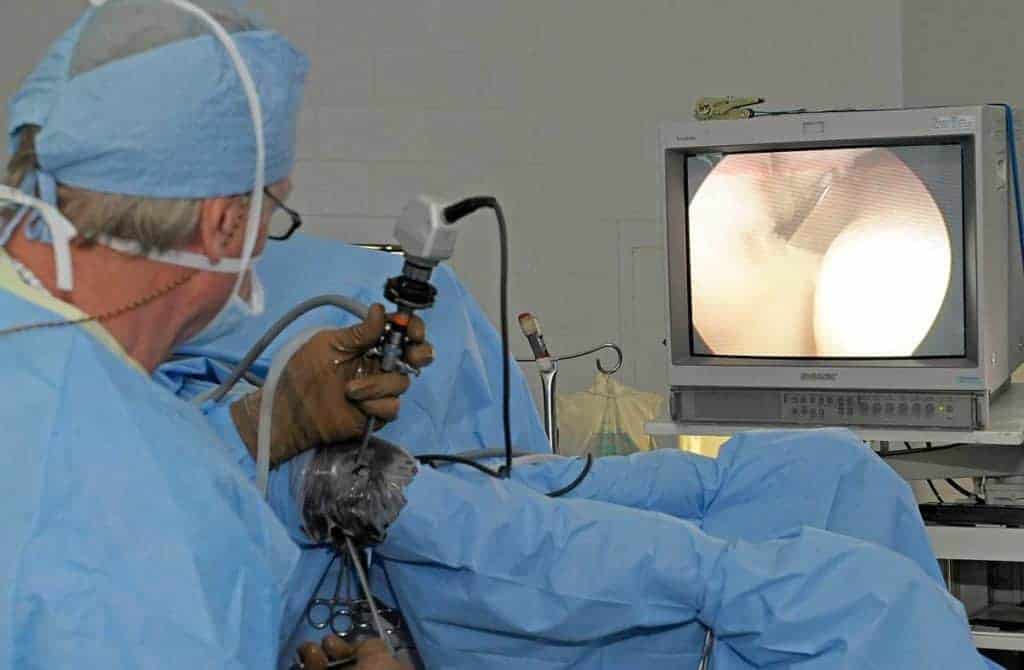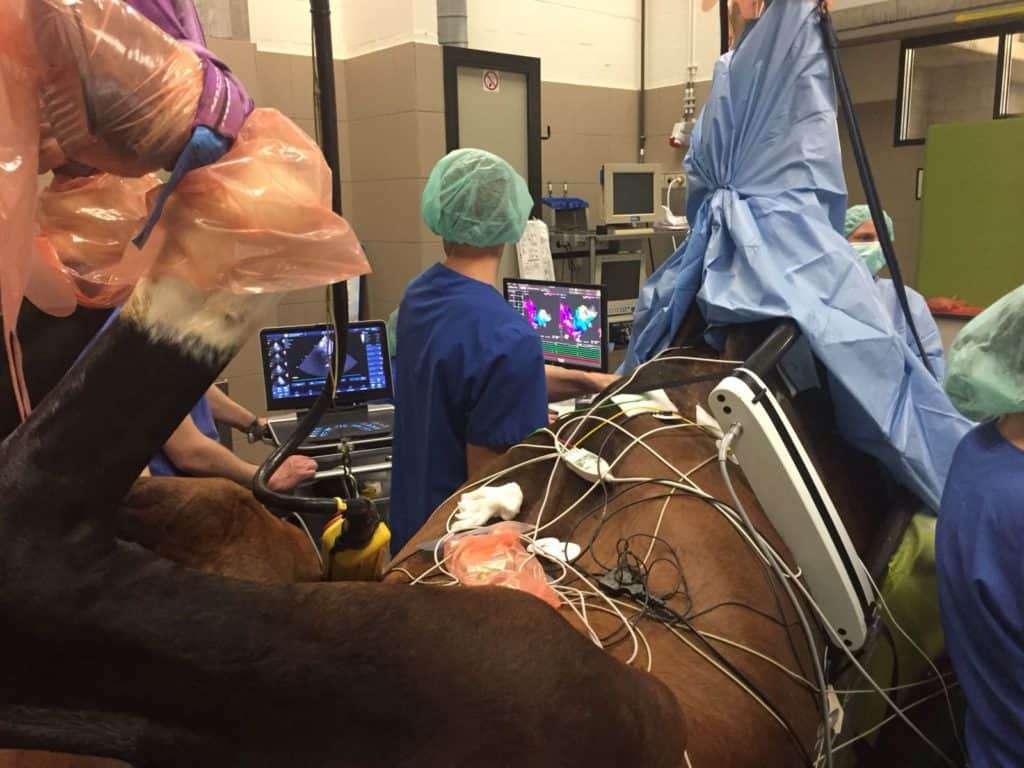
The Road to Recovery: Rehab for the Horse’s Upper-Body
In the first of this two-part series, we’ll explore full-body rehabilitation options, from the horse’s head to tail.

In the first of this two-part series, we’ll explore full-body rehabilitation options, from the horse’s head to tail.

The veterinary technician is often the primary staff member responsible for overseeing recovery from anesthesia.

There’s not one particular approach for rehabilitating injured joints. Here are a few of the options vets have to use.

Recent study results suggest the overall septic arthritis rate following surgery was 0.47%, which is similar to previously reported rates. Further, researchers found no association between inpatients’ and outpatients’ septic arthritis development rate.

Read top tweets and take-home messages from industry experts on common racing injuries, their approach to effective rehab and what they’ve seen horses go on to do after recovery.

Researchers found that horses ventilated with “heliox” rated better for two measures of respiratory mechanical function—low peak inspiratory pressure and higher lung compliance—compared to those breathing pure oxygen.

Researchers found that 58% of responding hospitals said they consult a nutritional adviser about feeding their patients and 21% reportedly feed all patients the same type of feed.

Regenerative therapies can help horses recover following injury. Download this free fact sheet to learn more about stem cell, IRAP, and PRP therapy use in horses.

Surgical site infection risk had little to do with the amount or kind of bacteria present at the incision before, during, or after surgery, researchers found.

Researchers found that their technique for removing ostoechondral fragments from the hock was efficient and had few postoperative complications.

Belgian veterinarians have successfully completed the first cardiac ablation—a procedure used to correct irregular heartbeats—performed in a horse. Diamant, a 5-year-old Norwegian show jumper, came through the four-hour operation with no difficulties.

Take steps to manage your horse’s weight and behavior while he’s cooped up.

Researchers found that standing surgery results were at least as good as those of surgeries performed under general anesthesia. The new procedure also allows better surgical access to the target tissues, they said.

Researchers have learned that fractured splint bone healing can be optimized by replacing metal screws with absorbable ones.

Catheter complications in horses are rare, and in most cases the benefits of catheter use “far outweigh the risks,” researchers say.

Researchers say the standing technique minimizes risk to the patient, reduces costs to the client, and limits complications.
Stay on top of the most recent Horse Health news with
"*" indicates required fields